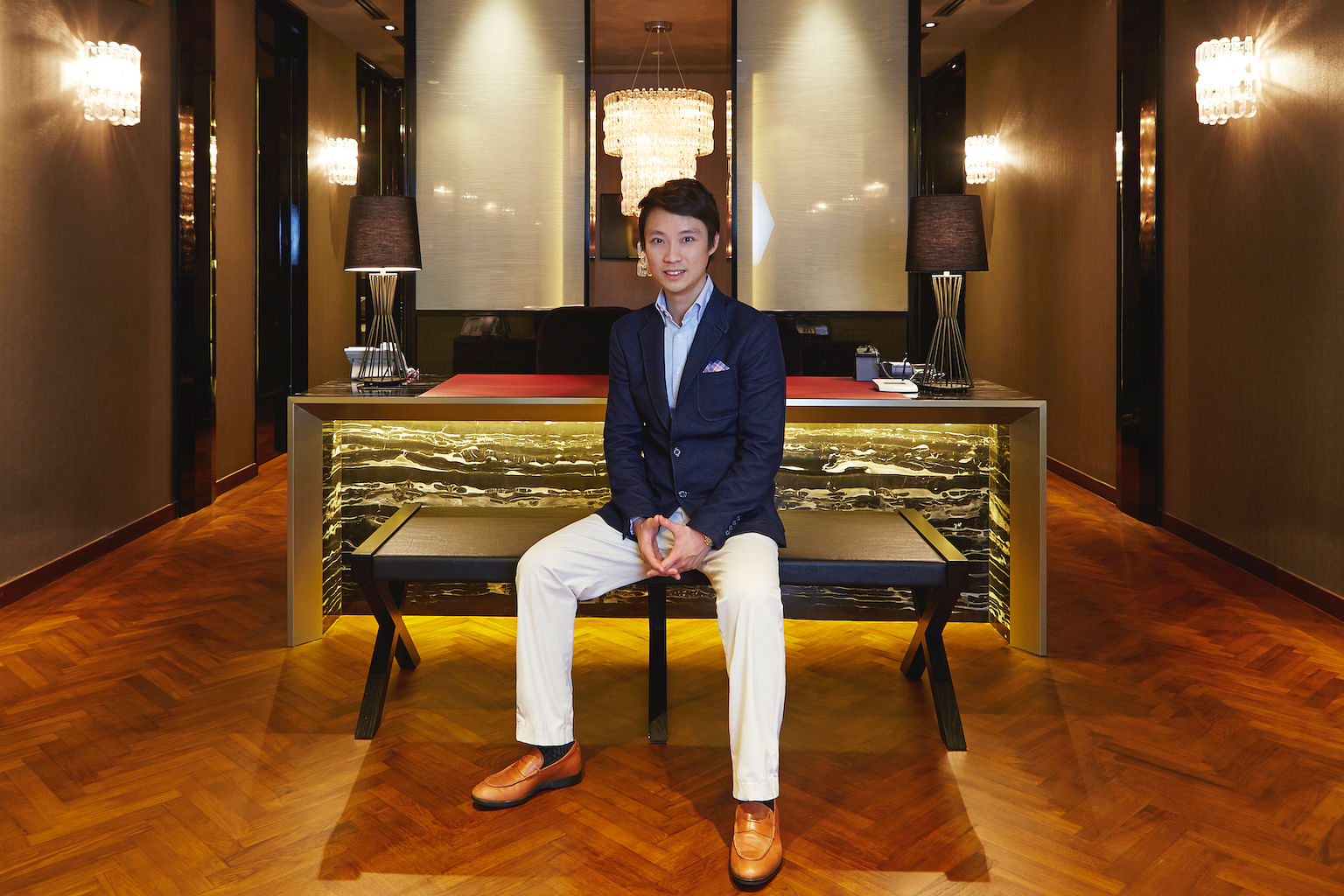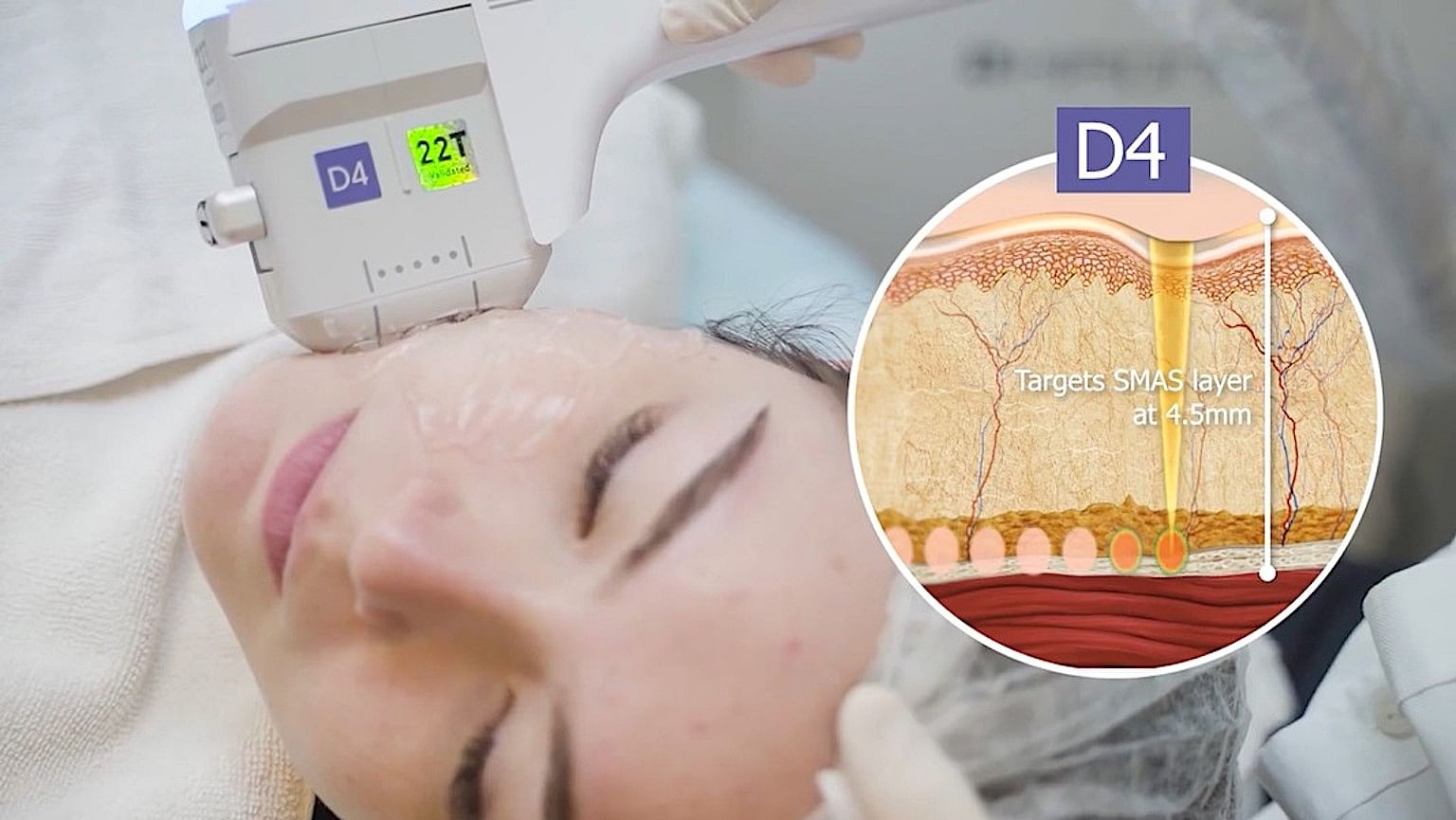If the mention of facelifts or any other sort of cosmetic procedure still conjures up images of extensive surgery and being out of action for weeks, it might be time for a mindset refresh.
In this age of "lunchtime treatments" (where patients get a filler or Botox injection done before a 2pm meeting), minor cosmetic procedures - or "tweakments" as they are called - are options for those who want to look like a rejuvenated (and not an entirely different) version of themselves.
While the results of these procedures are subtle, they are also usually less invasive with fewer side effects. So it is no surprise that this general shift toward the quick and fuss-free in beauty aesthetics has also been observed in the realm of facelifts.
But given the sheer number of options available, where do you even begin?
First, understand your expectations
Dr Lee Mun Heng, 43, medical director and aesthetic doctor at Cambridge Medical Group, says that these days, patients are often "very well-informed within the realm of beauty-related procedures and have a pretty good idea of their acceptable risk-reward ratio", adding that most of his patients prefer "safer treatments" as opposed to the more risky and invasive procedures.
For instance, the traditional facelift, once a major cosmetic procedure that involved incisions, the pulling back of the skin and extensive recuperation, has since spawned various non-surgical reiterations with little to no downtime required.
What is important first and foremost, according to Dr Lee, is that patients understand their conditions and expectations so that they can make the right decisions for themselves.

Dr Lee, a University of Cambridge graduate with over a decade of experience in medical aesthetics, explains: "For example, non-surgical facelifts are not permanent and require maintenance. However, they come with a lower risk of complications. Traditional facelifts are an appropriate option for severe cases whilst moderate to mild cases may opt for non-invasive treatments."
With specialised training in minimally-invasive facelift techniques, Dr Lee frequently travels around the world to seek out the latest and most effective treatments. He then curates for his patients based on what is most suitable to address their concerns. It's an approach he describes as "individualisation for a natural look without taking unnecessary risks."
Finding the right fit for your needs
While the notion of pain-free facelifts may seem too good to be true, the truth is that quantum leaps in medical technology have worked to greatly reduce, if not completely remove, the amount of pain involved.
At Cambridge Medical Group, four types of non-surgical facelifts cater to varying levels of needs. All four treatments are minimally invasive and require little downtime. This means you can schedule a midday tune-up and go right back to your daily activities - as long as those do not involve excessive heat or sun exposure.

If you don't have major concerns to address, and would like just some help with that pesky double chin or saggy skin and neck wrinkles, the Doublo Gold HIFU (High-Intensity Focused Ultrasound) treatment - popular in South Korea - could be your go-to.
Dr Lee explains, "This treatment makes use of ultrasonic energy to help reduce skin laxity in the face and neck by stimulating elastin and collagen regeneration. Because the heat waves are able to penetrate the deeper Superficial Muscular Aponeurotic System (SMAS) layer under the fat, the lifting effect can be quite obvious, with full results developing over three to six months and lasting up to a year."
The treatment takes about eight to 10 minutes for a full-face procedure, and most patients need just two sessions, spaced four to six months apart, in a year.
To help address more pronounced age-related concerns such as sagging skin, wrinkles, age spots and nasolabial folds, Dr Lee recommends the Fotona 4D Facelift, a non-surgical laser procedure that helps to lift sagging skin while strengthening skin tone and facial texture, to achieve a more defined jawline.
"This treatment is also exceptionally good for tightening the buccal fat area (fat located in the hollow area beneath your cheekbone) with its patented SMOOTHLIFTTM mode, for a more shapely face, without having to go through surgery," he says.

If the use of heat or laser technology is not to your liking, there's the needle-free, contactless Kinetic Airjet Facelift, which uses a burst of kinetic energy to target the skin below the SMAS layer for a tightening effect, thus helping to improve facial skin laxity and elasticity. According to Dr Lee, this pain-free treatment is suited for those in their mid-20s to 40s, or patients with thin and soft skin.
The more traditional Face Thread Lift is for those who want a more dramatic lift, and are able to tolerate minor discomfort and minimal downtime. Topical or local anaesthetic is provided making the procedure comfortable. There is only some social downtime as patients should minimise laughter and strenuous exercise for five to seven days. This involves ultra-thin, medical-grade polydioxanone threads being placed into the skin, under local anaesthesia, to induce collagen production, and "is effective in helping to achieve the coveted V-shaped face."
Dr Lee adds: "The Face Thread Lift is especially useful in lifting the lower areas of the face to target the problems that other non-invasive procedures cannot treat, such as marionette lines and deep wrinkles and folds."
Of course, as with all cosmetic procedures, it is crucial to first consult an expert.
Says Dr Lee, "There's no such thing as 'the best' treatment, but rather a treatment best suited to you based on your individual needs - this is why it's important to find the right expert who can address both your desires and concerns."
For more information or to schedule a consultation, visit cambridgemedical.com.sg, call 6733 0777 or SMS/Whatsapp to 9155 8869.


